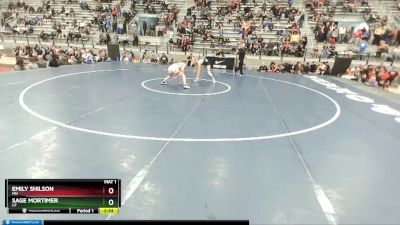Why Was Sage Mortimer Disqualified From U23 Nationals?
Why Was Sage Mortimer Disqualified From U23 Nationals?
Casey Goessl, the rules interpreter for United World Wrestling, explains the events that led to Sage Mortimer's disqualification at U23 Nationals.
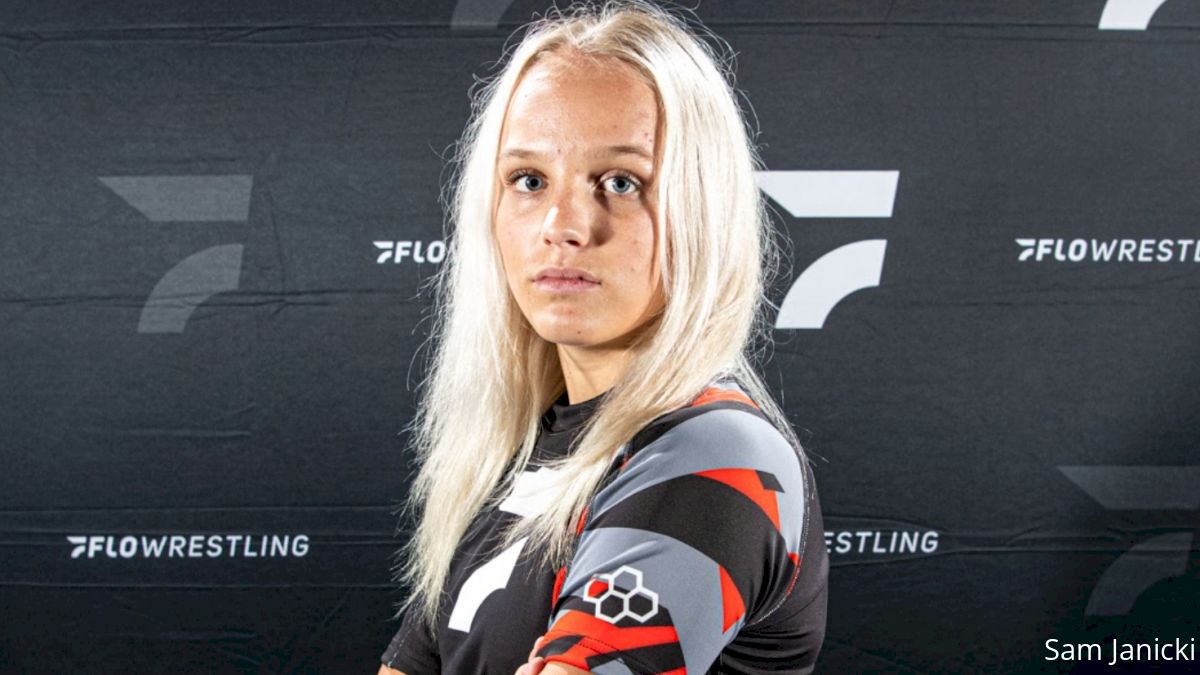
Sage Mortimer was recently disqualified against Emily Shilson within the first 30 seconds of her first match at the U23 National Championships in Spokane, Washington. Mortimer was in a front headlock and she twice attempted to clear the position and Shilson’s head twice hit the mat, which left her unconscious.
Officials ruled the technique brutality and Mortimer was disqualified from the match, as well as the remaining matches in the best-of-three series. She was also retroactively disqualified from the tournament, which means she did not place at U23 Nationals.
Below is a question and answer with United World Wrestling (UWW) rules interpreter Casey Goessl about the call and what transpired during and after the match.
Watch Mortimer's match against Shilson at U23 Nationals
Why was Sage Mortimer disqualified?
Understand, I wasn’t at the tournament. I got involved in terms of clarifying the brutality rule. I’m an instructor with United World Wrestling so I bridge the gap between UWW and USA Wrestling when it comes to rules.
At that time, the refereeing team on the mat decided that what Sage did, in their eyes, was considered brutality. All three referees were unanimous. That’s part of the protocol. It has to be a unanimous call. At that point, they determined it was brutality. Sage was disqualified from that match, as well as the competition.
Would the remaining matches have been wrestled if Emily could have continued?
Unfortunately, no. Once it’s considered brutality, she was disqualified from the competition and she can no longer continue the best of three.
Is what Sage Mortimer did an illegal move?
Any legal move can become illegal if we feel there is the intent to injure an opponent. I understand that that part is controversial. That’s arguable, but at that point, the refereeing team decided that they felt there was an intent at that point.
Is there a place in the rule book that talks about this situation?
That specific technique, no. You can look under articles 14 and 52 in the rulebook that describes brutality and the consequences for brutality, but it’s a subjective interpretation at that point.
Will you help us interpret what excessive force means because in freestyle you’re getting dropped on your head all the time? What is excessive force?
I don’t know if I can describe it because it’s in the heat of the moment. With this specific action, if you can see it from a referee’s perspective, what you see is Emily’s head literally being bounced on the mat and Sage coming off the mat and coming back down.
I watched it in slow motion. I certainly can see from the coach’s perspective how that can be considered legal but from the referee’s perspective, they saw that it seemed like Sage was using a little bit too much force. She wasn’t under control if we want to use a more scholastic term. She wasn’t controlling her actions to the point where they caused harm to Emily.
Do matches get called differently based on past health issues?
No. The medical teams at USA Wrestling and various events don’t relay any of that information to us. If two athletes are presenting on the mat, we as referees are under the assumption that they’re 100 percent physically able to compete.
What has the confusion been with this particular call?
I think you’re looking at a very common wrestling technique. Something that we’ve all learned from a young age of how to defend that action. We clearly understand that she was trying to clear that elbow. The optics of it didn’t come off as clean as we would like it.
I understand the coach’s perspective, too. (Sage) doesn’t like that (position). Emily just could have let go of the elbow. Something happened to Emily to cause her to go unconscious and when you see it from a referee’s perspective, I totally understand where that refereeing team was coming from in terms of calling it brutality. We have to respect the referee’s decision at that point.
So your coaches across the country can learn, that call can be challenged. You can challenge brutality and at that point, the head official — or whoever is the jury in that match — can determine whether or not they felt brutality was justified.
Was Sage disqualified immediately or did it take time for that to happen?
The two referees assigned as head officials to the tournament were just trying to reach out and get clarity from me. I was tied up at the time and it took a while for us to communicate what the proper approach would be or what the rule stated. At that point, once they determined it was brutality, my only job was to confer what that means going forward per UWW regulations. Once the athlete is disqualified for brutality, she is disqualified from the competition. She cannot compete in any further matches.
UWW doesn’t have any events that are best two out of three. That’s where the confusion comes in, too. How do we go forward in a best-of-three series? Unfortunately, she was disqualified from the competition and she can no longer place once a brutality call is confirmed.
Is this how brutality will be called in future tournaments?
Brutality has always been part of our rule set. When we discuss that, we are generally talking about the conclusion of a match and two wrestlers start shoving each other and punches get thrown. There are occasionally situations where we feel normal technique has now become above the spirit of wrestling.
There are a lot of things we could have done better regarding this specific technique as referees learn from it. We could have done some things better to not get to the point where Miss Shilson went unconscious. If you look at the mechanics of how it was refereed, there’s certainly room for improvement there. We’ve already had discussions with that referee as well as that refereeing team to be better next time so we don’t get to that point.
That’s all we teach our referees. What can we do to prevent injury where safety is paramount? Safety is the most important part of being a referee. With that specific technique, 99 out of 100 times we generally let that go. We try to step in a little faster and stop it if we think it’s getting to the point where it’s getting a bit too much. We want the wrestler to be on the same page as far as doing it safer and better.
We’re doing what’s best for the athlete and stuff like this happens. It doesn’t happen very often but when things happen in the wrestling community then it becomes controversial. Our job is to dissect the rules and to clarify the rules as they are written and do what’s fair in that respect.
The rule book doesn’t accurately explain everything — especially when it comes to applying the rules.
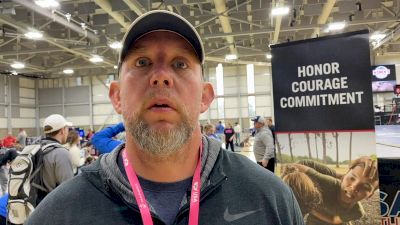
King coach Jason Moorman breaks down Sage Mortimer's disqualification against Emily Shilson during the 50 kg U23 National finals.
Related Content
 Women's Weekly: The End Of An Era
Women's Weekly: The End Of An EraJan 15, 2024
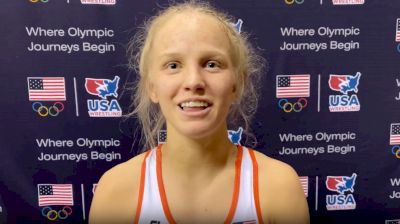 Sage Mortimer: 'I'm Never Out Of A Match'
Sage Mortimer: 'I'm Never Out Of A Match'Dec 17, 2023
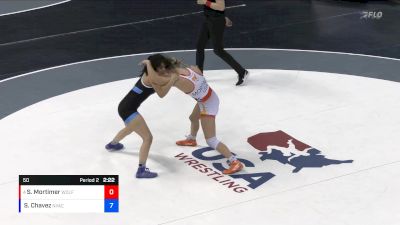 50 lbs 1st Place Match - Sage Mortimer, Titan Mercury Wrestling Club (TMWC) vs Samara Chavez, Team Tornado Wrestling Club
50 lbs 1st Place Match - Sage Mortimer, Titan Mercury Wrestling Club (TMWC) vs Samara Chavez, Team Tornado Wrestling ClubDec 17, 2023
 50 lbs Semifinal - Erin Golston, New York Athletic Club vs Sage Mortimer, Titan Mercury Wrestling Club (TMWC)
50 lbs Semifinal - Erin Golston, New York Athletic Club vs Sage Mortimer, Titan Mercury Wrestling Club (TMWC)Dec 15, 2023
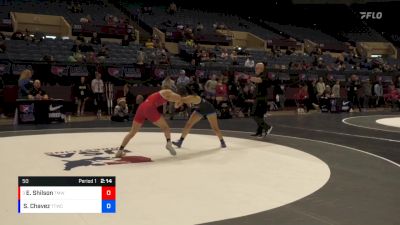 50 lbs Quarterfinal - Emily Shilson, Titan Mercury Wrestling Club (TMWC) vs Samara Chavez, Team Tornado Wrestling Club
50 lbs Quarterfinal - Emily Shilson, Titan Mercury Wrestling Club (TMWC) vs Samara Chavez, Team Tornado Wrestling ClubDec 15, 2023
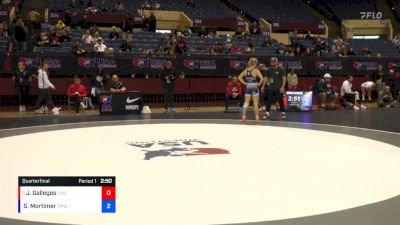 50 lbs Quarterfinal - Jaslynn Gallegos, Cardinal Wrestling Club vs Sage Mortimer, Titan Mercury Wrestling Club (TMWC)
50 lbs Quarterfinal - Jaslynn Gallegos, Cardinal Wrestling Club vs Sage Mortimer, Titan Mercury Wrestling Club (TMWC)Dec 15, 2023
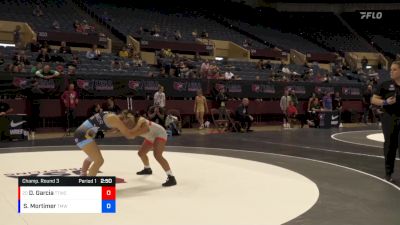 50 lbs Champ. Round 3 - Danielle Garcia, Team Tornado Wrestling Club vs Sage Mortimer, Titan Mercury Wrestling Club (TMWC)
50 lbs Champ. Round 3 - Danielle Garcia, Team Tornado Wrestling Club vs Sage Mortimer, Titan Mercury Wrestling Club (TMWC)Dec 15, 2023
 50 lbs Champ. Round 3 - Emily Shilson, Titan Mercury Wrestling Club (TMWC) vs Elizabeth Dosado, Patriot Wrestling Club
50 lbs Champ. Round 3 - Emily Shilson, Titan Mercury Wrestling Club (TMWC) vs Elizabeth Dosado, Patriot Wrestling ClubDec 15, 2023
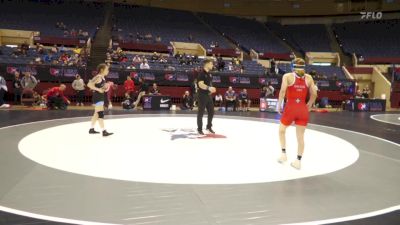 50 lbs Champ. Round 2 - Emily Shilson, Titan Mercury Wrestling Club (TMWC) vs Alexis Miller, Viking Wrestling Club
50 lbs Champ. Round 2 - Emily Shilson, Titan Mercury Wrestling Club (TMWC) vs Alexis Miller, Viking Wrestling ClubDec 15, 2023
